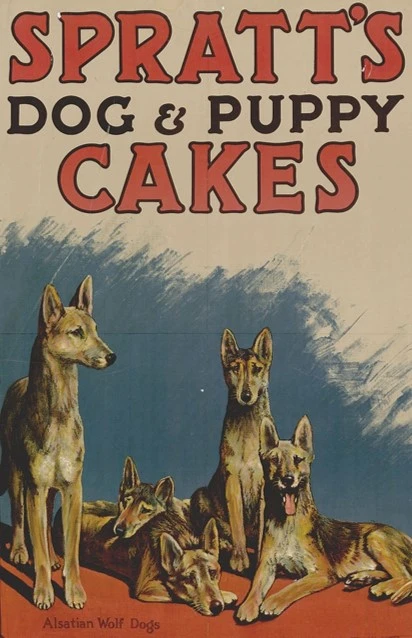Dogs are cherished members of the family and their nutrition is of utmost importance. Throughout the history of dog food, formulations have evolved. The industry has also made tremendous strides in ensuring that our dogs receive the best possible nutrition.
In the past, dogs were primarily fed scraps and leftovers from the family’s meals. While this approach provided some sustenance, it lacked the proper nutrients dogs need for optimal health. It wasn’t until the early 20th century that commercial dog food became widely available.
The history of dog food
The first commercial dog food was produced by James Spratt in 1860. His dog biscuits, made of wheat meals, vegetables, beetroots, and beef blood, became popular and were sold throughout England. This innovation marked the beginning of a new era in dog nutrition.
As James’ dog food gained popularity and sparked production in the U.S., companies began developing their own dog food recipes. The first canned food was introduced in the early 1900s. The main ingredient in the recipe, and many others of the time, was horse meat. However, as the market for horse meat declined, companies changed their recipes to include more common meats such as beef and poultry.

The need for change
As the economy shifted, dogs became part of the family rather than just working animals. In turn, many families began providing their pets with the best food possible. At this time, around the mid-late 20th century, the U.S. National Academy of Sciences’ National Research Council published the nutritional requirements for dogs. In turn, the understanding of animal nutrition evolved. Since then, companies formulated recipes with higher nutritional requirements. These recipes, however, didn’t fully rethink dog food.
Dog food today
Today, the U.S. government strictly regulates the production of commercial dog foods assuring they meet the nutritional guidelines and are free from disease-causing pathogens.
Over the years, the pet food industry continues to evolve, with significant advancements in technology and research on dog nutrition. Today, the range of dog food options available is vast, with specialized diets for different breeds, ages, and health conditions.
Fresh Food For Dogs
One of the most significant dog food changes is the shift towards more natural and holistic options. Many dog owners today are more conscious about what they feed their dogs. For instance, they seek out food with fresh, whole, high-quality ingredients. There’s also preference for meals that are free of artificial additives and fillers and avoid high processing.
Many are searching for more natural options for their dogs. Increasingly, pet parents are ditching traditional kibble in favor of fresh food diets. While the benefits of fresh food for dogs are endless, the most common reasons pet parents switch to fresh diets is because to avoid artificial ingredients and processed ingredients.

Fresh food vs. traditional kibble
One of the main reasons pet parents might stick with traditional kibble instead of fresh food, is because of the convenience factor. Nevertheless, feeding a fresh food diet does not mean dog owners have to make their own dog food or go grocery shopping for ingredients. Brands like Spot & Tango offer meals comprised of simple, fresh ingredients that can be delivered straight to your door. These meals are ready to serve and are more affordable than making your own recipes.
Overall, the evolution of dog food has been significant, with many positive changes that benefit our pets’ health and well-being. While there are still debates about the best diet for dogs, it’s clear that the industry is moving in a direction that prioritizes human-grade ingredients and transparency. As dog owners, it’s important to stay informed and choose the best possible food for our furry friends.




















